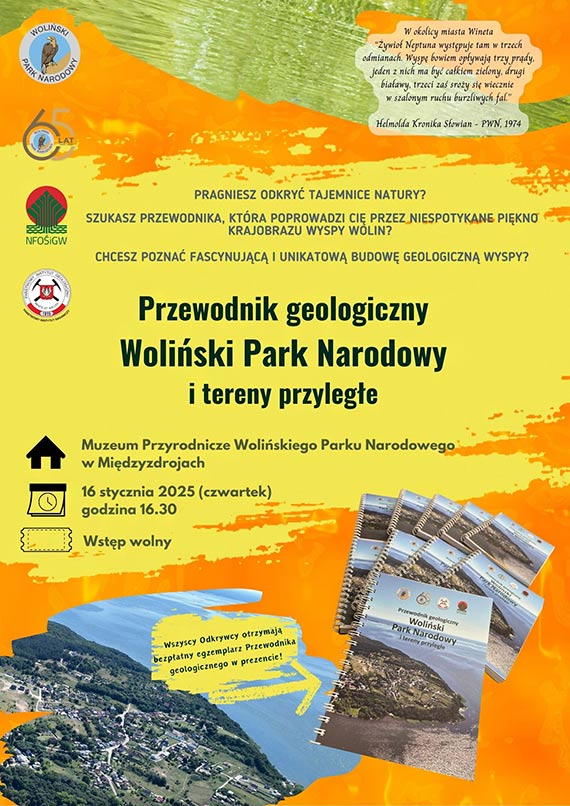
Ground stabilisation and reinforcement are essential components of modern civil engineering, particularly in regions where the natural conditions of the soil are less than ideal for supporting infrastructure and development. The primary objective of ground stabilisation is to modify and improve the properties of soil so that it can better withstand the stresses and strains imposed by construction activities and environmental factors. Soils that are soft, loose, or expansive often require special treatment to increase their bearing capacity, reduce susceptibility to water penetration, and prevent long-term deterioration due to external forces. This process is crucial for ensuring the longevity, safety, and effectiveness of any infrastructure built upon these grounds, whether it is residential, commercial, or industrial in nature. Various methods are employed to achieve stabilisation, including mechanical techniques such as compaction and soil mixing, chemical treatment using stabilising agents, and geotechnical methods that involve the addition of stabilising materials like cement or lime. These methods aim to increase the strength and cohesion of the soil, preventing it from shifting or settling unevenly, which could otherwise lead to structural damage.
While ground stabilisation improves the properties of the soil, ground structure reinforcement focuses on enhancing the strength of the existing structures or foundations built upon the soil. Reinforcement techniques provide additional support to the structure itself, ensuring it remains stable under various environmental loads such as seismic activity, extreme weather, or traffic. The most common reinforcement techniques involve adding additional layers of material to the existing structure, such as steel bars, reinforced concrete, or geosynthetic fabrics. These reinforcements can also be used to strengthen retaining walls, embankments, roadbeds, or slope surfaces, ensuring that they can better resist lateral forces, erosion, and shifts in the underlying soil. The role of reinforcement is often tied to the performance of the stabilised soil, as the additional layers of support distribute the weight and stress across a larger area, preventing overloading and minimizing the risk of failure. By combining stabilisation with reinforcement, engineers can ensure that both the soil and the structure are adequately supported, enhancing the durability and safety of the construction.
Slope stabilisation is a particularly important aspect of ground stabilisation, especially in areas with hilly or mountainous terrain. Slopes are inherently more vulnerable to instability due to their natural inclination, and without appropriate measures, they can lead to landslides, soil erosion, or the collapse of infrastructure built on or near them. ground structures reinforcement Slope failure can be triggered by a variety of factors, including heavy rainfall, seismic events, deforestation, or even the weight of construction materials. The process of stabilising a slope involves various techniques designed to increase the soil’s shear strength and reduce the likelihood of movement. Vegetation is often used as a natural stabiliser, as plant roots can bind the soil together, reducing the risk of erosion. Retaining walls, drainage systems, and other civil engineering solutions can also be employed to reinforce slopes, manage water runoff, and ensure that the soil remains intact. However, one of the most innovative and effective solutions for slope stabilisation is the use of geosynthetic cementitious composite mats (GCCMs), a cutting-edge technology that combines the benefits of geosynthetics with cement-based materials to create a flexible, durable surface that stabilises and protects the underlying soil. Geosynthetic cementitious composite mats (GCCMs) are composite materials made up of geosynthetic fabrics combined with cementitious compounds. These mats are designed to be applied to slopes, embankments, or areas prone to erosion and soil instability. The geosynthetic fabric provides the mat with flexibility and strength, while the cementitious layer hardens over time, forming a solid, impermeable surface that prevents water infiltration and erosion. geosynthetic cementitious composite mat The primary advantage of GCCMs is their ability to create a durable, self-healing barrier that protects against environmental degradation, such as rain, wind, and UV radiation, while maintaining the flexibility required to accommodate slight movements in the soil beneath. slope stabilisation The unique combination of materials ensures that these mats are strong enough to resist heavy weather conditions, yet flexible enough to conform to the contours of the terrain, providing optimal coverage and protection. GCCMs are particularly effective in areas that require rapid installation, as they are easy to transport and deploy, reducing the overall time and cost of stabilisation projects. They are also a sustainable solution, as they require minimal maintenance and can last for several years without significant degradation. Cement mats, which are a type of geosynthetic cementitious composite mat, offer similar benefits but with a stronger focus on cement-based compounds. These mats are designed to provide a high level of protection for slopes, embankments, and other exposed surfaces where erosion is a significant risk. Cement mats are typically applied in areas where a more rigid and durable solution is necessary, such as in riverbank protection, coastal erosion control, or highway embankments. The cement layer within the mat serves to bond the geosynthetic fabric, creating a more rigid, impermeable barrier that effectively resists the penetration of water, soil erosion, and root intrusion. Cement mats are highly effective in preventing the undermining of slopes and embankments, as they form a solid protective layer that stabilises the soil, reduces surface runoff, and minimizes erosion. These mats are particularly useful in areas with high water flow or where soil erosion is a major concern, such as in flood-prone regions or near water bodies.
Cementitious mats, a broader category of products that includes both cement mats and other similar materials, are highly versatile and can be tailored to meet the specific needs of different projects. These mats are typically used in a wide range of applications, from slope protection to shorelines and embankment stabilisation. They offer an excellent solution for areas requiring strong, durable erosion control, as well as environments that demand flexibility and resistance to harsh weather conditions. Cementitious mats can be engineered to meet specific performance criteria, such as increased UV resistance, enhanced water resistance, or improved mechanical strength, making them suitable for use in diverse environmental conditions. Their ability to prevent soil erosion, promote vegetation growth, and protect infrastructure from water damage has made them an invaluable tool in modern civil engineering, particularly in areas with difficult soil conditions or where slopes and embankments are at risk of failure.
The combination of ground stabilisation techniques, ground structure reinforcement, and slope stabilisation through the use of advanced materials such as geosynthetic cementitious composite mats and cement mats provides a comprehensive solution for improving soil stability and protecting valuable infrastructure. These innovative materials offer significant advantages over traditional methods, including ease of installation, long-term durability, cost-effectiveness, and minimal environmental impact. The ability to quickly and efficiently stabilise slopes, embankments, and other vulnerable areas has made these solutions indispensable in the construction of roads, railways, flood protection systems, and more. By integrating ground stabilisation, reinforcement, and erosion control solutions, engineers can ensure that their projects remain safe, stable, and resilient in the face of changing environmental conditions and unforeseen challenges.



![Poczta Polska zapowiada ogromne zniżki! Pamiętaj, iż termin mija 25 stycznia! [16.01.2025]](https://static.warszawawpigulce.pl/wp-content/uploads/2023/07/Poczta-Polska.jpg)









![Polacy tłumnie ruszyli do urzędów. Czas na uniknięcie ogromnego podatku tylko do 30 stycznia [16.01.2025]](https://static.warszawawpigulce.pl/wp-content/uploads/2024/09/Kolejka-kolejki-urzad.jpg)


